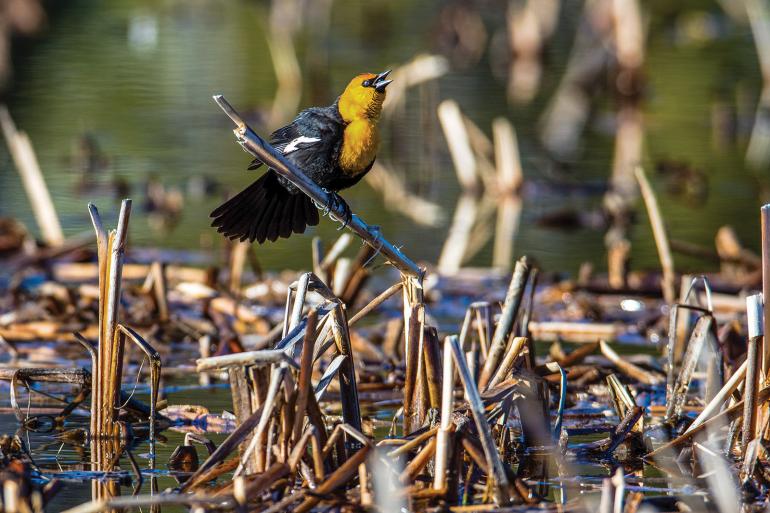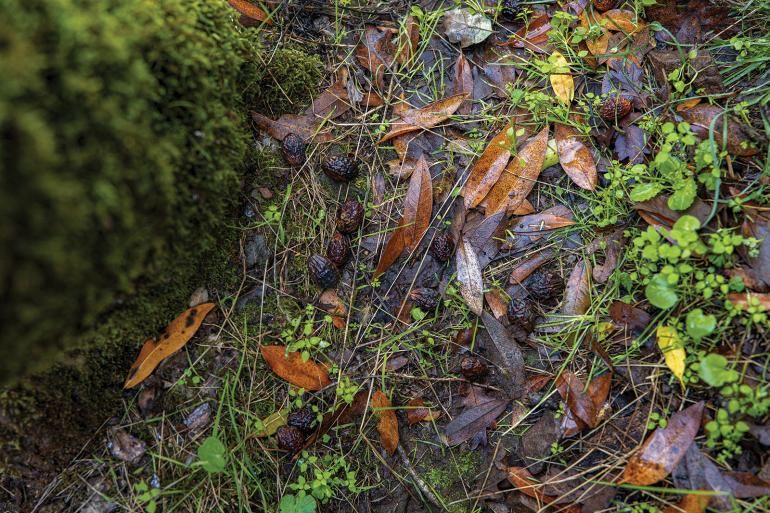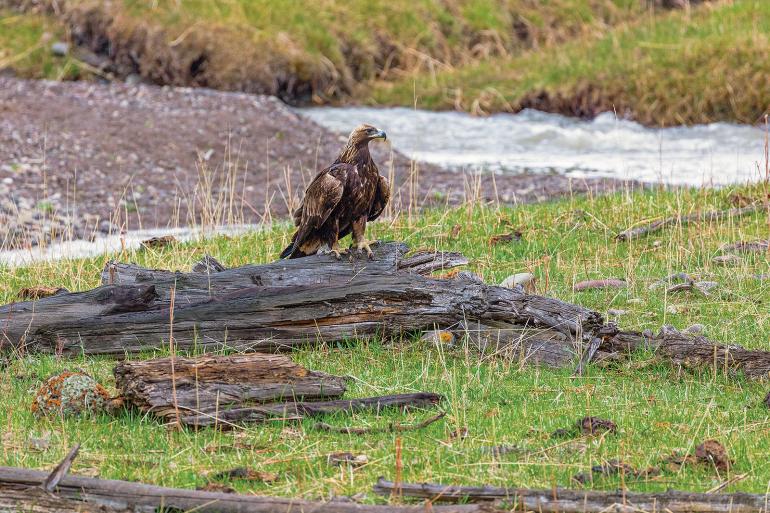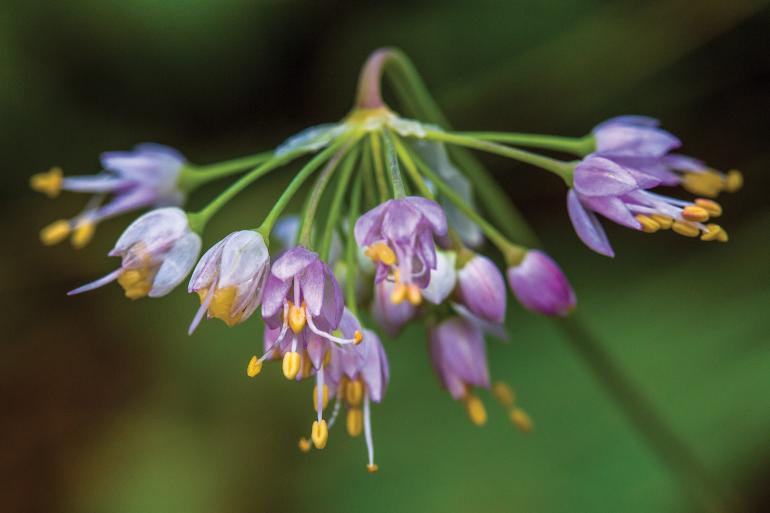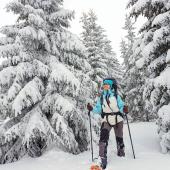The Sensual Season
Outdoor sign language, part three.
“Spring is nature’s way of saying, ‘Let’s party!’” —Robin Williams
Spring is a veritable cornucopia of sensory excellence. From beginning to end, nearly feverish change marks the progression of early to late spring.
Sight
Scan for eagle silhouettes in treetops, on fenceposts, and on the ground. Several things can hold them in an area for weeks. At lower elevations, it’s Richardson’s ground squirrels (“gophers”). These creatures first appear in March—look for mounds of soil on the surface of melting snow to indicate ground squirrels emerging from winter hibernation. Bald and golden eagles will hunt the somewhat lethargic squirrels. Pastures with birthing cattle may also draw in eagles in to feed on placental tissue.
Prior to the extensive “green up,” but after the snow has melted, watch for ten-inch balls of dry grass woven into clumps of standing vegetation. Meadow voles (the most common of the eight vole species in Montana) create these winter nests. You can pick up the ball, gently pull it apart, and see the small chamber inside where the animal kept warm. Don’t worry about disturbing the nest—they’ll have moved on to a more secure area now that the snow and cold are no longer present.
The end of April and beginning of May mark the return and passage of shorebirds. Various waterfowl also form a colorful backdrop on wetlands. The uniquely distinct and often easy-to-identify shorebirds are not only beautiful and interesting, but also great for introducing budding birders to natural history. Black-necked stilt, American avocet, Wilson’s phalarope, white-faced ibis, and other species that require the valuable marshlands of Montana are all springtime finds. Red Rock Lakes, Benton Lakes, and Freezout Lake are managed and publicized as marshlands for spotting shorebirds, but consider smaller shorelines and marsh areas near your home, as well.
Sound
Sometimes you’ll hear birds prior to seeing them. Many birds make their spring presence known by their sound as much as sight: western meadowlark, sandhill crane, American robin, northern flicker (calling as well as drumming on resonant surfaces), all the grouse species, red-winged and yellow-headed black birds, and an array of others.
Since many species of birds are singing for mates and claiming territories, identifying songs can be tremendously helpful in detecting the presence of certain species. The smartphone app, Merlin, can help identify singing birds. Turn the app on and carry your phone in an accessible location. The app will signal when it has determined a new species is present. Once the species is identified, look for the bird itself to confirm.
Scent
There’s more to the scent of spring than road-killed skunk. The musty, earthy smell of moist soil that gardeners love is the result of geosmin, a byproduct of soil bacteria and cyanobacteria (also known as blue-green algae). Geosmin also produces the scent of rain falling on dry dirt, a smell known as petrichor. Humans are extremely sensitive to geosmin molecules, and are able to smell it at five parts per trillion! No one really knows why. The reason might date to our early-human ancestors, to whom the scent might have indicated the likelihood of edible plants.
Touch & Taste
The flowers and roots of many easily identifiable plants are edible. Some natives with fleshy, tasty roots are nodding onion, glacier lily, and yellow fritillary. Biscuitroot (Lomatium) is a small, parsley-looking plant that has a large, edible root. When you’re digging up these corms (tubers) you’re ecologically fulfilling the same niche as grizzly bears. Use a gardening knife for easier harvest. And while it can be eaten raw, research how to prepare this plant.
The yellow morel is the common morel mushroom in Montana’s river bottoms. It will emerge in park-like cottonwood galleries during late spring. The hollow stem, with the cap fully attached, and pitted surface make this mushroom reasonably easy to identify. It takes an eye to spot them, so search!
For safety reasons, always research identification and preparation of wild edibles.
Though learning birds, plants, and reading sign is most easily learned from a mentor, it’s always based on experience… the best teacher.
Ken Sinay is a longtime naturalist and wildlife guide. His website is yellowstonenow.com. Check out his other "Outdoor Sign Language" articles in this series: part one and part two.


